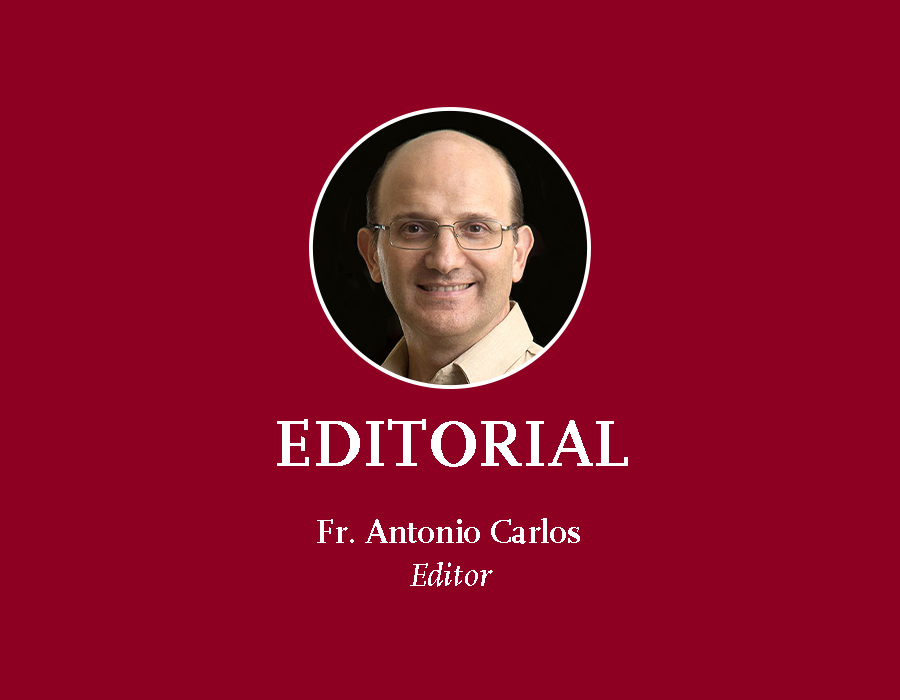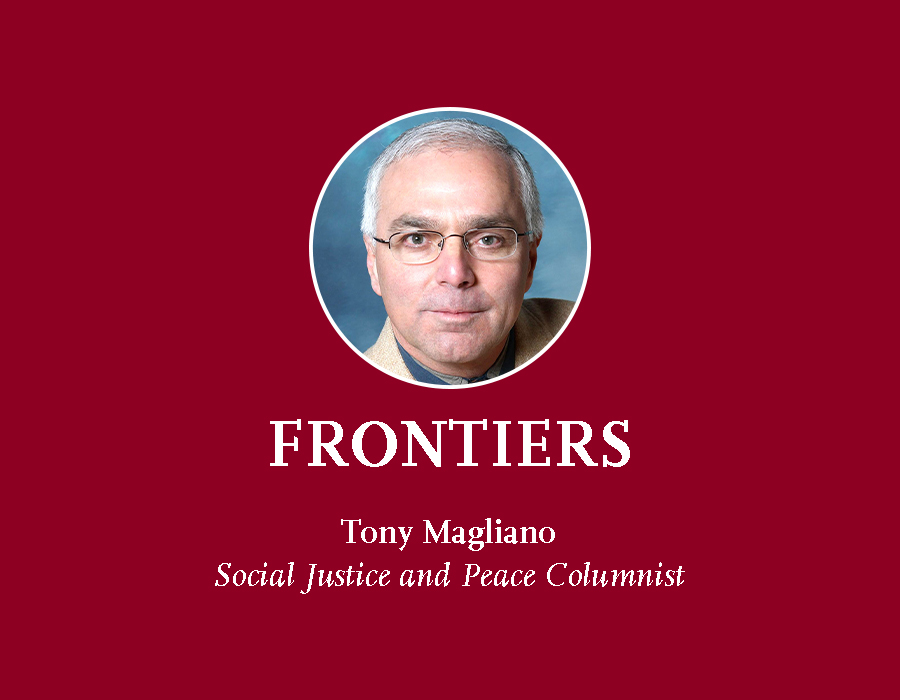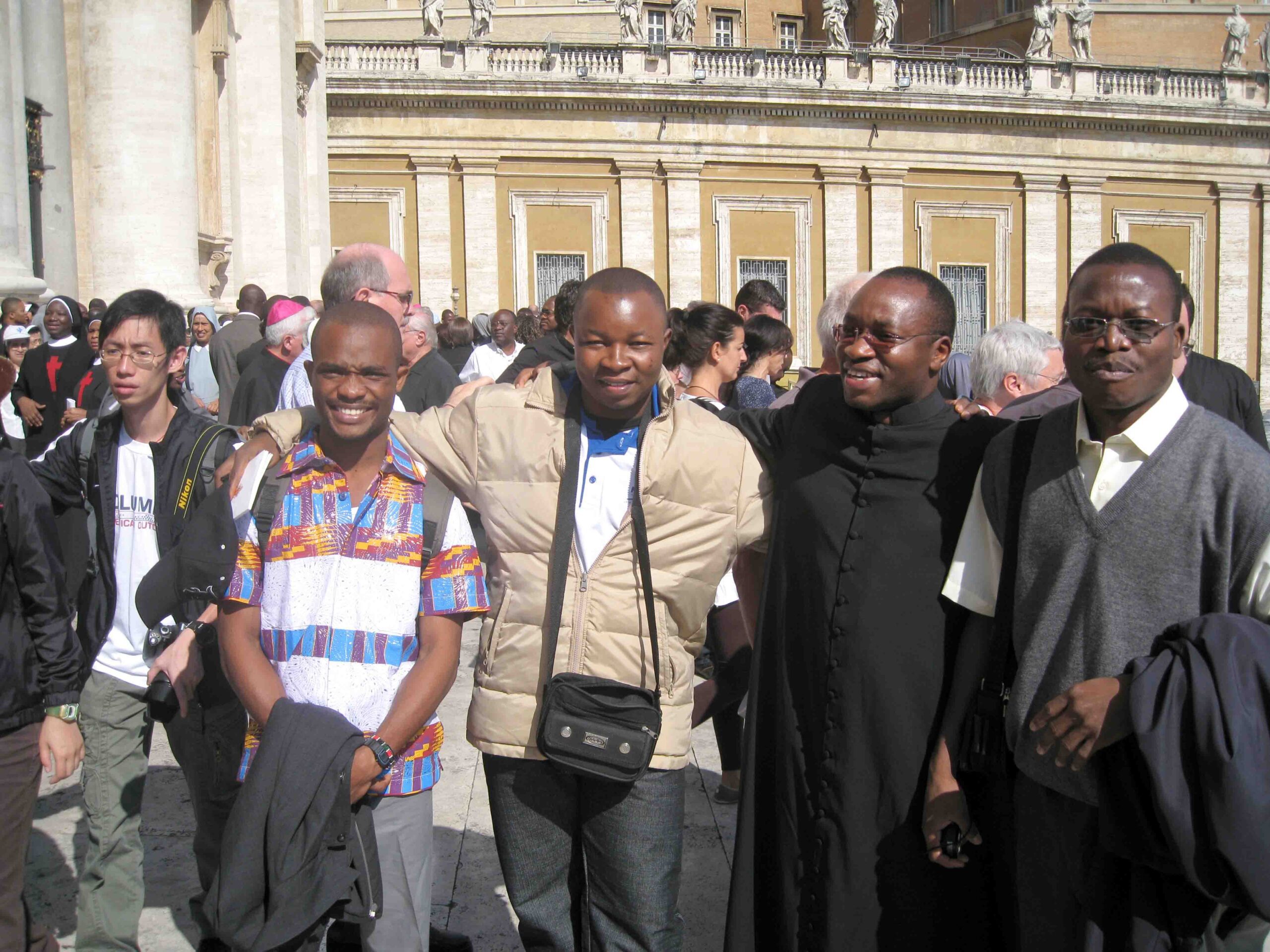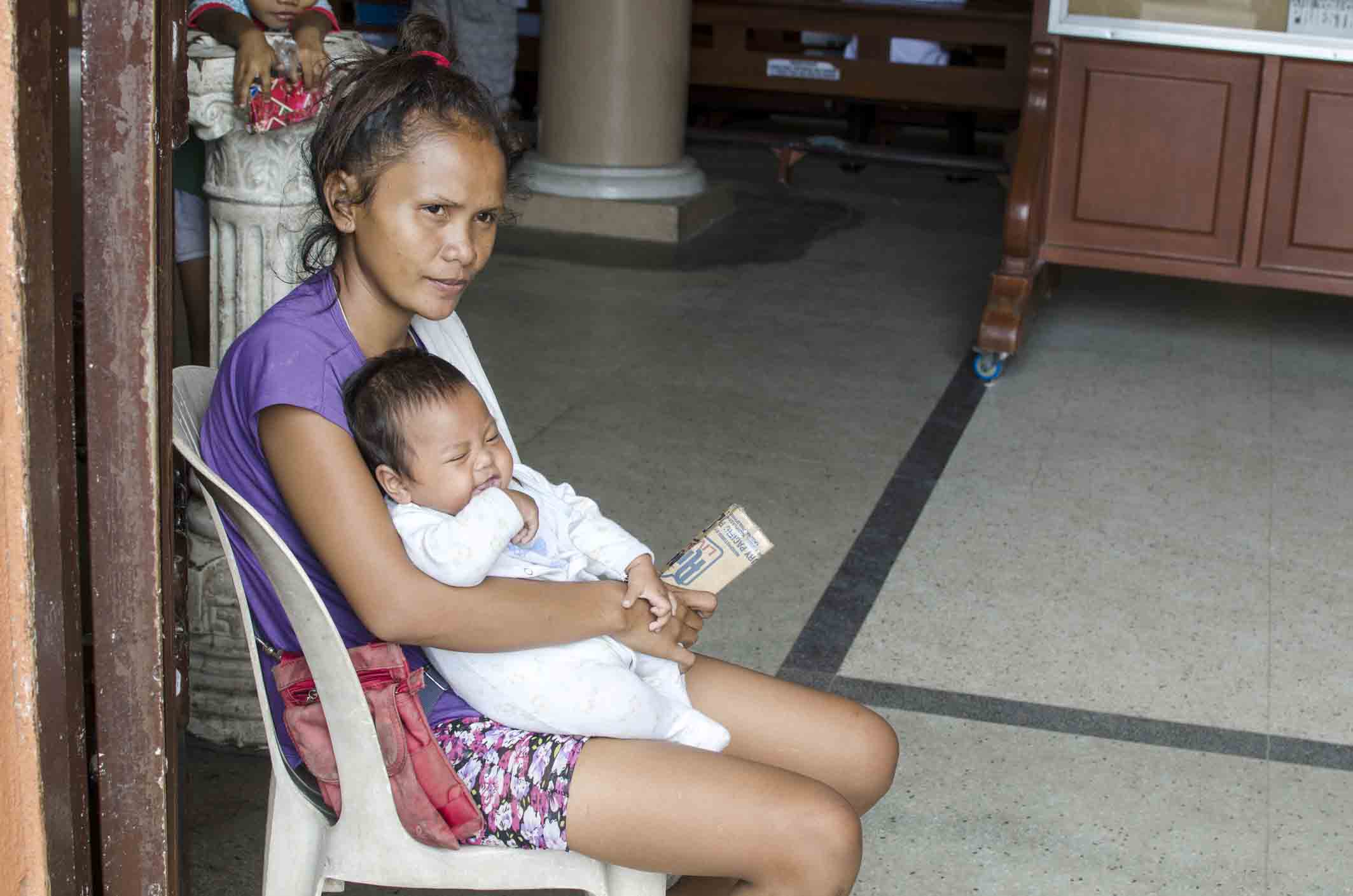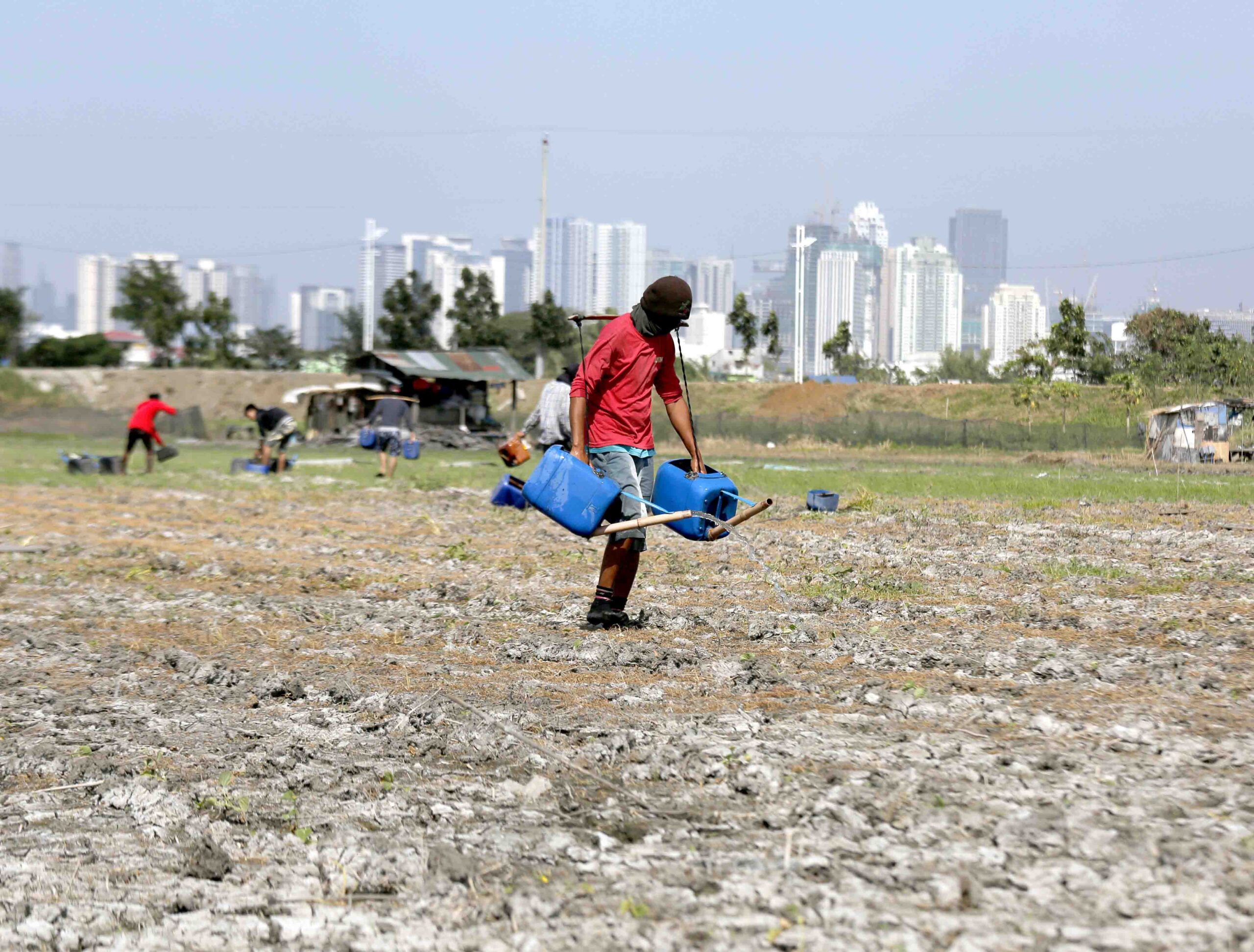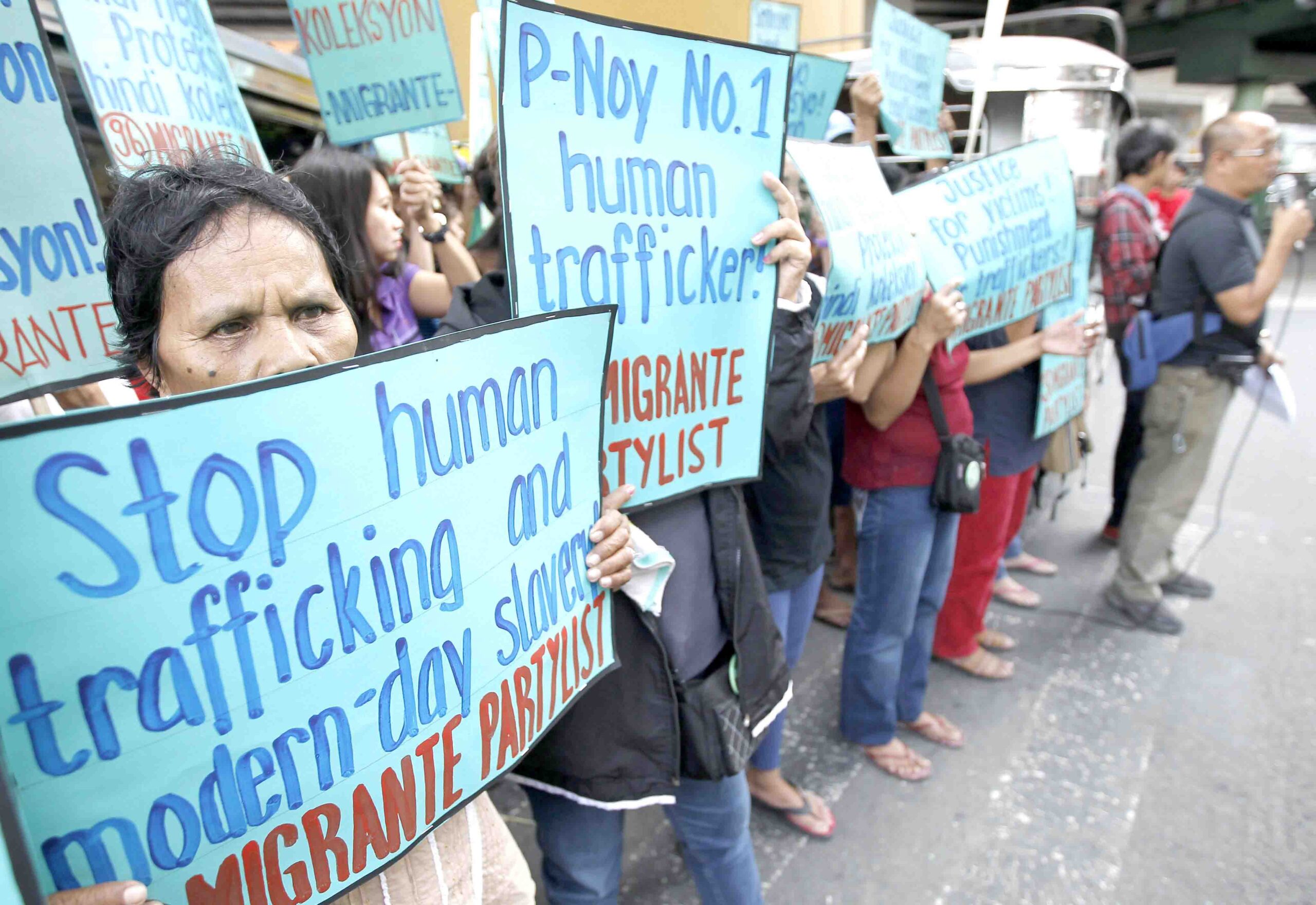On the 6th day of the XVI General Assembly of the Synod of Bishops on Synodality in Rome (October 1-27, 2024), the Synod participants donated 35,000 euros to the Catholic parish of the Holy Family in Gaza. Cardinal Konrad Krajewski, Prefect of the Dicastery for Charity, offered another 30,000 euros.
The total cash of 65,000 euros, or about 3,871,804 pesos, was delivered through the Apostolic Nunciature in Jerusalem to the Church in Gaza, a gesture that expresses that the Catholic Church evangelizes and contributes too in building a better world. The Church walks her talk.
Her talk on social issues is what is now known as Catholic Social Teaching (CST), which Pope St. John Paul II once clarified as part of moral theology “since it is a doctrine aimed at guiding people’s behavior” (Sollicitudo Rei Socialis 41).
SOCIAL MISSION
Sometime ago, I was privileged to get invited to a university conference in California, USA, to speak on the role of the Church in the Third Millennium. In that conference, one student raised his hand to ask: Does the Church have a social mission?
Yes, I answered. The number one mission of the Church is evangelization, which is the Church’s “deepest identity.” Her mandate to go and teach all nations is “the grace and vocation proper to her” (Evangelii Nuntiandi, 14).
However, I emphasized that in the face of injustice, wars, and human sufferings, the Catholic Church always takes a firm stand on behalf of the victims, the world’s poorest of the poor, and the vulnerable. She does this constantly, convinced more than ever that part of her mission is to get involved and do something concrete for one’s neighbor, like the Good Samaritan in the Gospel.
FRIAR DOMINGO DE SALAZAR
To explain further, I told them the story of the life of Dominican friar Domingo de Salazar, who, as the first Bishop of the Philippines, personally witnessed the widespread abuses and iron-hand rule many Filipinos suffered at the hands of merciless Spanish soldiers, guardia civil, and other fat-headed functionaries.
To better address the problems, he convoked the First Manila Synod of 1582. He drew a dividing line in the sand and pointed out to the arrogant Spanish functionaries the limit of their authority, which was characterized by social justice for the indigenous people and the less privileged.
In his address to priests and seminarians in Cebu in February 1981, John Paul II said Bishop Salazar “preached the Good News not only to the people of these islands but also to his compatriots, in order to persuade them that the Lord’s Gospel means justice and not slavery for the people they had come to colonize.”
When another student asked whether CST only began with the Encyclical Letter Rerum Novarum in 1891, I answered with a yes and a no. Yes, the formal expression of Catholic Social Doctrine began with Pope Leo XIII’s great encyclical issued in 1891, when the Church decided to address the condition of the working classes.
No, because the Catholic social teachings did not begin only in 1891–followed by Pius XI’s encyclical Quadragesimo Anno (May 15, 1931), John XXIII’s encyclicals Mater et Magistra (May 15, 1961), and Pacem in Terris (April 11, 1963), and up to Pope Francis’ 2013 apostolic exhortation Evangelii Gaudium and 2015 encyclical Laudato Si.
No, because CST is a body of knowledge comprising a rich and complex heritage that the Church has progressively acquired from the 2,000 years of pastoral experience of her being attentive to the changing conditions of human society.
The action of the Church corresponds to her nature, agere sequitur esse (doing follows being), and therefore the Church the Body acts like Jesus the Head. In following in the footsteps of her Founder, the Church evangelizes creatively and dynamically for the salvation of souls and the integral development of humankind.
Finally, in the same conference, a student asked whether Jesus had a social ministry. Yes, I responded, saying the historical Jesus had a social mission in addition to His principal mission of evangelization. The total liberation of the human person was foremost in the life and death of Him crucified, who was indeed never indifferent to the sufferings of others. Jesus’ concern was not limited to the forgiveness of sins and the proclamation of God’s Kingdom.
He cured the sick, cleansed the lepers, made the cripples walk and the blind see. He fed the hungry, thousands of them. His Apostles and the early Christians did the same in their desire to follow His command to love one another (see Luke 4:18-19; Isaiah 61:1-2; Matthew 25:34-36, 40).
Therefore, CST ultimately springs from the social ministry of Jesus, in His words and deeds found in the Gospel.
Dr. José Mario Bautista Maximiano is the author of the 3-volume work on Church Reforms (Claretian, 2023, 2024, 2025) and the 3-volume work on 500 Years of Christianity in the Philippines (Claretian, 2021, 2022). Email: jomaximiano@gmail.com.



